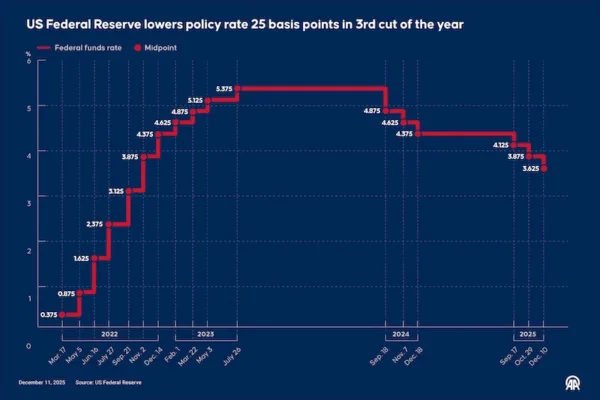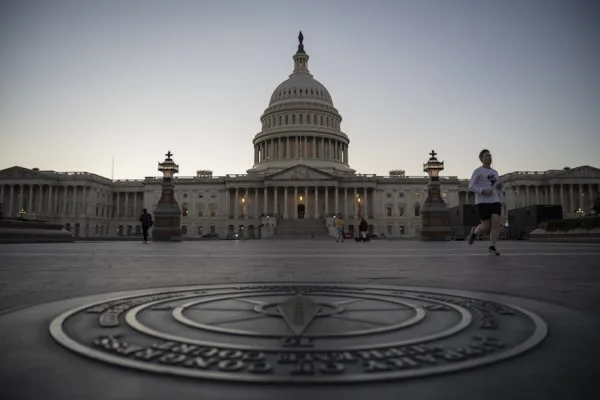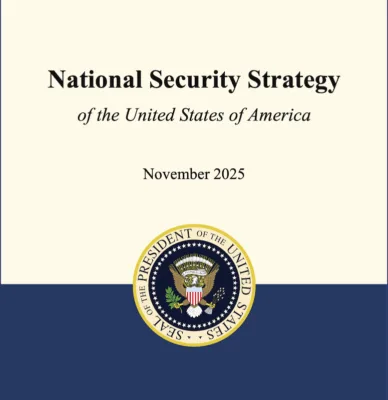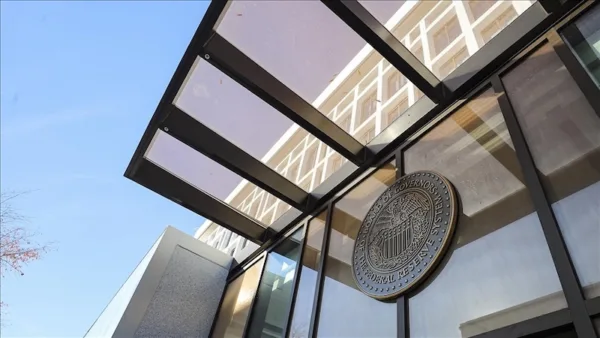The Sustainability of Turkey’s Refugee Burden
Suruç, the Turkish town on the Syrian border, is going through one of the most difficult times since the conflict started in Syria. The clashes between the Democratic Union Party (PYD) forces and Islamic State of Iraq and al-Sham (ISIS) militants in the nearby Syrian Kurdish town of Kobani have especially impacted the town very deeply. In a very short period of time, less than three weeks, more than 183,000 residents from Kobani have sought refuge in Suruç. Despite protests of some groups and the “blame-Turkey” campaign of some others, Turkey’s open border policy for refugees has saved the lives of tens of thousands of people in the region. This wave of migration tripled the town’s population, which was around 100,000 people before the arrival of refugees. The difficulty in handling such a massive number of people entering Turkey has to be understood before evaluating the situation on the ground and making judgments regarding Turkey’s Syria policy.
This most recent wave of refugees in terms of its size, speed and timing created some significant challenges for both the residents of the town and the local authorities. In a very short period of time, residents had to cope with a massive flow of people to their towns. Although, there were mostly scenes of chaos and crisis in the media, it was not the end of the story. Journalists may have left the region after the refugee flow lost its “newsworthiness,” however the real hard work for the emergency management authorities and local residents started after that. The massive influx of refugees, tens of thousands in a single day, from Syria to Turkey, which does not have much of a precedent in recent history, necessitated a massive operation to provide aid for the refugees. Given that the majority of them were children and the elderly, the situation was more delicate than previous instances. The registration of the refugees, their settlement in different locations and providing emergency care for the sick and elderly required a gigantic operation on the part of Turkey. Two weeks after the initial flow of the refugees, almost all of the 183,000 people were placed in temporary shelters by local authorities, emergency management authorities and locals.
Many of the refugees found shelter in the houses of local community members, but given the number of people, the unsustainability of them being hosted in the houses of locals for a long time, the approaching winter conditions and the potential extension of the crisis in the region, those refugees may also need to be relocated to one of the Disaster and Emergency Management Authority’s (AFAD) refugee camps. So far, in multiple temporary refugee camps, AFAD is trying to accommodate thousands of people and at the same time trying to increase its capacity to do so. Already some of the people who preferred to stay in the residences of their relatives started to make their way back to AFAD camps, which is considered more convenient.
The Turkish government so far spent more than $4 billion (TL 9 billion) for the survival and settlement of Syrian refugees, whose numbers have neared 2 million. With the recent influx of refugees from Kobani, the economic cost also started to increase rapidly. In the long run, with the possibility of a further flow of people from the border and the declining possibility of these refugees to return to Syria any time soon, the situation may not be sustainable for Turkey or any other country in the region to handle the situation by their own capabilities and resources. Despite the exemplary work of AFAD and other humanitarian organizations along with sacrifices by the local people and authorities, the cost may be more than Turkey can endure.
Under these circumstances, the international community has to be more sensitive to the issue of Syrian refugees in Turkey and other neighboring countries and more supportive of these countries that now host millions of refugees and have to endure the political, economic and social consequences of the refugees. It is also important to realize that this may be a long term problem that may survive even after the end of the civil war in Syria or the conflict in Kobani.
This article was originally published in the Daily Sabah on October 16, 2014.










